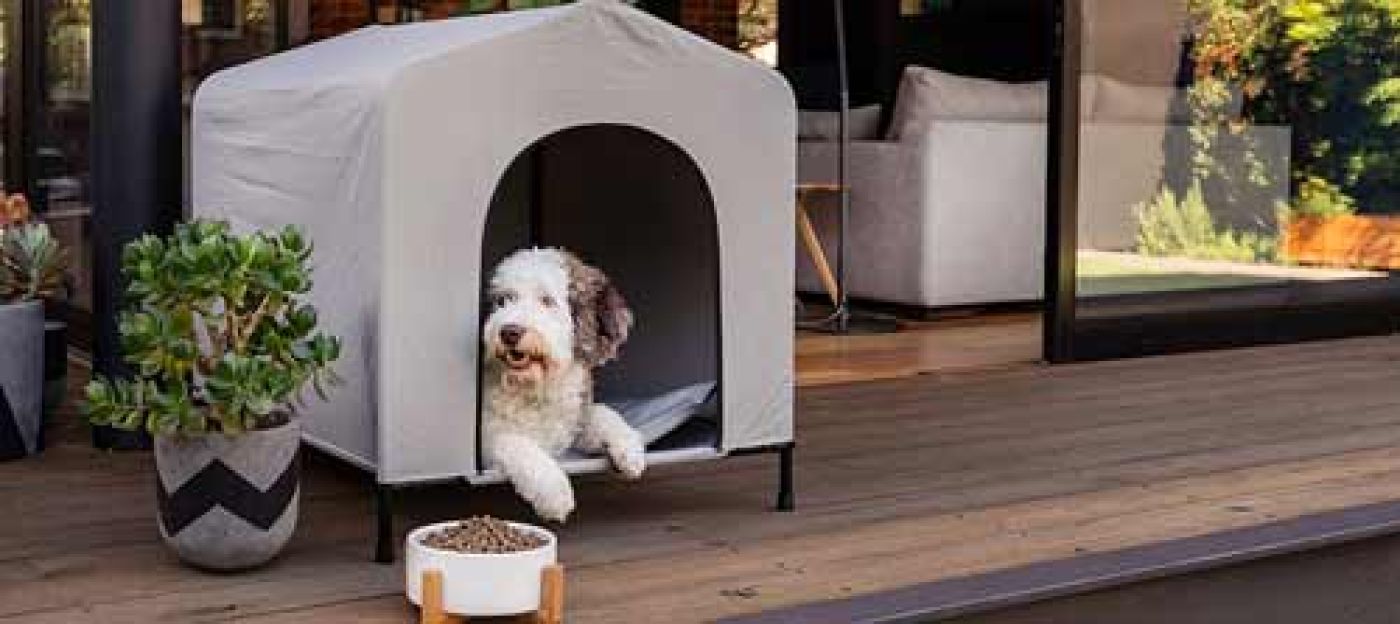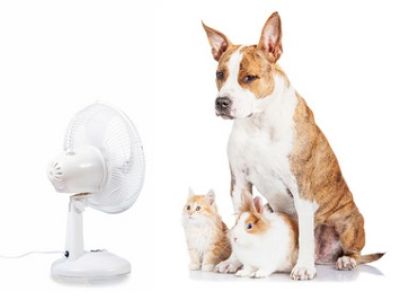Types of Dog Kennels

Each type of dog kennel will have its own unique benefits – you may find that one kennel will be suitable for warmer months and another for cooler months or that one is best for indoors or outdoors.
TIMBER KENNELS – The old-fashioned timber kennels are a durable choice for most outdoor settings. They come in a variety of colours and designs including side entry, treated or untreated wood, and either tin, timber or plastic roof.
PLASTIC KENNELS – One of the most common available are plastic. They are easy to assemble and removable roofs make them easy to clean and disinfect. They are well ventilated, solid, comfortable and being water resistant makes them an ideal choice for tropical areas.
CANVAS KENNELS – Collapsible canvas kennels are a great option for an outdoor dog. They have a soft comfortable base raised off the ground and the material prevent fleas from laying eggs. Along with being waterproof, canvas kennels are breathable making them warm in winter and cool in summer. A=n added bonus is that they are lightweight, collapsible and easily transportable making them ideal for families who like camping with their dog.
CRATES & CARRIER – Crates or carriers can be a good indoor alternative as they provide a confined space for a dog to retreat. Being portable is a bonus along with providing an open view when your dog is inside.
Training your dog in a crate from an early age has multiple benefits. It allows them a safe space along with them being safely secured if you are unable to supervise. Crate training can also assist in toilet training as your dog will not want to spoil a space they cherish.
BEDDING – Bedding is not just a luxury, it will assist with warmth and provides comfort. There are a variety of options including kennel liners, mats, memory foam, pillows, flat beds and blankets.
LOCATION – Selecting the right location for your dog’s new home can make all in the difference in comfort. Dogs do not like to miss what is happening, so they need to be able to see the backyard, door and gate. This will allow them to monitor what is going on while they rest in their safe place. Shelter, shade, ventilation and protection all need to be considered.
ENCOURAGEMENT – Dogs that are familiar with kennels shall have no problem adapting to a new home. For first home users, you should not expect them to sleep in their kennel the first night, it may take a bit of coaxing. Feeding them inside their kennel for the first few days is a non-intrusive way to get them accustomed to their new home. Treats inside the door and then gradually placing them at the back of the kennel is positive reinforcement. Never force your dog to enter the kennel….be patient.



